|
Discovering rodents in your home can be unsettling, to say the least. These unwelcome guests not only pose a health risk by spreading diseases but can also cause significant damage to your property. Knowing the signs of a rodent infestation is crucial to addressing the problem early and effectively. In this comprehensive guide, we will explore how to detect the presence of rodents in your home, covering everything from physical evidence to preventative measures. 1. Identifying Rodent Presence
Rodents, including rats and mice, are not just a nuisance but also a health hazard. They can contaminate food, spread diseases, and cause structural damage to your home. Here are some key indicators that you might have rodents living with you: Droppings: One of the most obvious signs of a rodent infestation is their droppings. Rat droppings are typically dark, shiny, and about ½ inch in length, while mouse droppings are smaller, about ¼ inch, and pointed at the ends. You’re likely to find these near food packages, under sinks, along baseboards, or in drawers and cupboards. Gnaw Marks: Rodents have strong front teeth that grow continuously and will gnaw on almost anything to keep them trimmed. Look for chew marks on food packaging, furniture, wires, and even walls. These marks can also indicate the size of the rodent, with larger gnaw marks pointing towards rats and smaller marks indicating mice. Strange Noises: Hearing scratching or scurrying sounds, especially at night when rodents are most active, can be a sign of an infestation. These sounds are often heard coming from the attic, inside walls, or under floorboards. Nests: Rodents nest in warm, secluded areas using shredded paper, fabric, or dried plant matter. Check in hidden areas like the backs of cabinets, inside boxes stored in garages or basements, and in insulation. Tracks and Rub Marks: Rodents leave footprints and tail marks in dusty environments. You might also notice grease marks along walls or baseboards, which are caused by rodents' oily fur coming into contact with surfaces as they travel along their regular paths. 2. Understanding the Health Risks Rodent infestations are not just a matter of property damage; they pose significant health risks. Rodents can carry diseases such as hantavirus, leptospirosis, lymphocytic choriomeningitis (LCMV), Tularemia, and the plague, which can be transmitted to humans directly through contact with rodent feces, urine, saliva, or indirectly through ticks, mites, or fleas that have fed on an infected rodent. 3. Preventing Rodent Infestations Prevention is key to keeping rodents out of your home. Here are some effective strategies: Seal Entry Points: Inspect your home for any cracks, holes, or gaps larger than a dime. Pay special attention to areas where utilities and pipes enter the home. Seal these openings with steel wool, caulk, or a combination of both to deter rodents. Proper Food Storage: Store food in airtight containers and avoid leaving pet food out overnight. Regularly dispose of garbage in tightly sealed bins. Declutter and Clean: Regular cleaning and decluttering reduce hiding spots for rodents and make it easier to spot signs of an infestation. Keep storage areas well-organized and use plastic bins instead of cardboard boxes. Outdoor Maintenance: Trim vegetation away from the exterior of your home to eliminate shelter for rodents. Store firewood at least 20 feet away from the house and keep it elevated off the ground. 4. Dealing with an Infestation If you suspect you have a rodent problem, it’s important to act quickly. You can set traps in strategic locations around your home. There are various types of traps available, including snap traps, electronic traps, and live traps. Bait the traps with peanut butter, chocolate, or nuts, which are attractive to rodents. Check and reset the traps regularly. For larger infestations or if DIY methods fail, it may be necessary to call in professional pest control services. Professionals can offer more comprehensive solutions, including identifying and sealing entry points, setting up a targeted trapping program, and providing advice on preventing future infestations. 5. Conclusion Detecting and dealing with rodents in your home requires vigilance and prompt action. By recognizing the signs of an infestation, understanding the risks, and implementing preventative measures, you can protect your home and family from the dangers and nuisances that rodents present. Remember, the key to controlling rodent populations is prevention, but should you find yourself facing an infestation, there are effective methods and resources available to help you get rid of these unwelcome guests.
0 Comments
One of the types of rats you could expierence in your life time is called a roof rat. They will find shelter in your home, most likely near your roof like their name implies. After they make a home in your home, they have the ability to spread disease and damage your home. What are Roof Rats?Roof rats are usually found in the southern part of the united states. They are small that can be a variety of colors including white, black, brown, or grey. They can even be a mix of colors. They are usually around 7 inches in length and they have large ears. They usually do not have a long life span but can reproduce rapidly. Roof rats are usually nocturnal animals. They usually travel in groups when they go looking for food. They like to live in hidden and sheltered places like attics, bushes, and piles of debris. DietRoof rats are omnivores and they prefer to eat in well hidden places. Roof rats typically prefer seeds, berries, nuts, and fruits. They also eat slugs, snails, cockroaches, and other insects. They have the ability to eat fish and shellfish, which they will eat if they are near bodies of water. Additionally, they like to store as much food as possible. Do You Have an Infestation?There are several indicators that you could possibly have an infestation. Some signs of roof rats include:
Fixing an InfestationRat infestations can cause many problems. However, there are many ways that can help you fix the problems and the infestations themselves.
For instance, if you have any holes or cracks then it is possibly to seal them with silicone caulk. Keeping trees and tree limbs can also help stop invasions from above. Having screened in doors and windows can help stop rats from entering your home. Other things you can do to help stop infestations is making sure food is sealed properly and your home is clean. If the pest problem persists then it is always a good idea to call pest control to help you deal with the infestation. Rats and mice in your home are a major health problem. Call (225) 414-2020 today for professional rodent control in the Baton Rouge area. Rodent activity increases dramatically in the fall and winter since they have reduced food and heat sources. Additionally, stay-at-home orders and restaurant closures have rodents scrambling to find new places to eat. Your house has food, water, and heat, making it a nice place for your uninvited guest. As the temperature drops, be on the lookout for signs of rodents.
How to tell if you have mice or rats in your house? #1 - Everybody poops Mice and rats leave a lot of droppings wherever they spend time. Look for them near food packages, in drawers, under sinks, and along any runs where the rodent may walk to get between their water and food sources. #2 - Lots of bite marks Mice and rats chew on everything. Look for bite marks on food and on the walls and cupboards of your home. Little marks for mice. Big marks for rats. #3 - It stinks Rodents give off a stale smell. If you have a pet cat or dog that takes a sudden interest in a spot in your home they never cared about before, its worth searching for rodents. Pets can smell things you can't, so they will start behaving strangely first. If you can smell it, the problem may be a full rodent infestation. #4 - Noises and scratches You can hear scratching, gnawing, squeaking, and chirping. Rodents move around and make a lot of small noises. If you hear new noises in your walls or attic, alert your pest control professionals to handle the rodent problem #5 - You see their nest If you see a nest in your home made of shredded paper, plants, and other things, you're staring at a rodent nest. The only more obvious sign is if you outright see one scurry in front of you. Any effort at rodent control in New Orleans must consider how to deal with one of the most common rodents in the area, the Norway rat. Successful rodent control depends on knowing where and how your target lives and breeds. Use this information on the Norway rat’s habits and preferences to help you determine if they’re living around you and what to do if they are The Basics
The Norway rat probably came to the North American continent around 1775 on ships arriving from Europe. They’re tremendously adaptable and are prolific breeders, capable of producing as many as 12 litters of up to 22 offspring per year. It’s not surprising that they quickly spread to the 48 contiguous states, even though they usually only live one year in the wild. They are often called by names that describe their color (brown or gray) or where they live (house, barn, sewer or wharf). Because of southern Louisiana’s unique environment, New Orleans pest control companies see a lot of Norway rats. These rodents like to live around people. They find a nourishing diet from stored food as well as garbage and safe places to hide in buildings and other shelters. Urban and suburban residential areas offer garages, basements, water features such as docks and even sewers. Rural habitats include barns, kennels and grain storage facilities, where rats particularly like corn, oats and wheat. If they have a choice, rats will opt for fresh food items. Their nests are usually in burrows on low ground or underground. Norway rats can enter structures by jumping, climbing or swimming to burrow inside walls or under foundations. You’ll also find them living around ponds, along stream banks and in garbage dumps. Signs of Infestation Before beginning any rodent extermination attempt, you have to know what you’re dealing with. It’s important to inspect areas around home foundations, along baseboards, and behind and under stored materials for indications of animal activity. These are some common signs that you’re dealing with Norway rats:
Getting an accurate count of the rats you’re dealing with is impossible, but the evidence you find can help New Orleans pest control companies estimate how severe the problem is:
Ways To Deal With Norway Rats Rats are smart. They memorize the features of their surroundings and are suspicious of any changes they encounter. If they eat a food that makes them ill, it can teach them to avoid that food for some time into the future. New Orleans pest control companies have to outsmart the Norway rat to be successful and often use several methods to eradicate them. Trapping Norway rats are not protected by state or federal law, so the use of traps, with or without bait, is often the first choice. Trapping allows for the removal of trapped animals and can be relatively inexpensive. Unset traps can be placed in areas where rats travel so that they become accustomed to them before setting the trap to spring. It’s also possible to enlarge the trigger area to increase the chance of early success. Using Rodenticides Anticoagulant poisons are often used in today's New Orleans pest control efforts. Because they’re slow-acting, the rats don’t associate any ill feeling with the food they consumed. Offering untainted bait food for several days before applying the toxic substance can increase the chances it will be accepted. When used properly by professionals, rodenticides seldom present dangers to humans, pets or livestock. Rat-Free Living Rodent control efforts can be difficult because of the age of many structures and catastrophic weather damage. Norway and other species of rats find shelter in buildings where they gnaw and burrow through walls, ceilings, doors and floors. While Norway rats are not known to be associated with plague, they can spread diseases such as salmonellosis (food poisoning) to humans as well as livestock, and present the danger of rat-bite fever. If you’ve had to go through eradicating Norway rats, preventing their return is likely high on your list of priorities. Take these steps to thwart them:
For all of these reasons, effective rodent control is important for health and safety. By understanding the basics of Norway rats and rat infestations, you can better assist New Orleans pest control professionals in eradicating these critters from your property. Rats are a familiar pest to many in the United States. Understanding rats’ behavior is key to utilizing proper rodent control, and this includes knowing what kinds of rats you’re dealing with. One of the two species of rats found in the continental U.S., the roof rat is a sleek and agile rodent with its own set of adaptations and preferences apart from its cousin, the Norway rat. Knowing the differences helps with identification and thus prevention or removal, whether done by yourself or with professional Baton Rouge pest control service. What Is a Roof Rat?
The roof rat (Rattus rattus), also called the black rat or ship rat, was introduced to North America and elsewhere in the world via trading ships. In the United States, it lives along the West Coast and in the southeastern states, unlike the Norway rat’s nationwide range, preferring the warmer climates. Roof rats typically have a mix of brown and black fur with a uniform gray, white or black underside, as well as a slim and slender build compared to the larger Norway rats. They possess the same keen senses of smell, taste, hearing and touch as other rats, as well as an adept sense of balance. Combined with their sleek build, this makes them very capable of climbing and walking across utility lines, tree branches and other narrow pathways to find food and evade predators. Roof Rat Behavior True to their name, roof rats like to nest above the ground, settling in trees or atop vine-covered fences and walls. Their natural agility lends itself well to this, as they have little trouble scaling such surfaces. They may be found along streams and riverbeds, within parks that have natural or artificial ponds, or in groves and farmlands - and, of course, within homes and warehouses, entering from the roof and nesting within the upper floors when available while Norway rats prefer the ground floor or basement. Utility lines and trees close to a building’s rooftop are common entry points. Roof rats are omnivorous and will feed on nearly anything if necessary, but they often have a preference for fruits, nuts and seeds. In homes or on farms, they can develop a taste for livestock feed or dry pet food. The search for food begins early in the evening and may take roof rats as far as 300 feet from the nest to find something to eat. They have no problems gathering heaps of food to eat safely. Roof rats tend to stick to familiar travel routes and feeding locations once identified as safe, so they are not likely to wander into traps laid out traditionally. This is compounded by roof rats’ noted neophobia, or fear and aversion to new objects in their environment, which is stronger in this species than in Norway rats. This means they tend to avoid bait stations and traps, and if sufficiently disturbed, they will change their routes and feeding spots entirely, a behavior that complicates pest control efforts. Damage and Dangers of Roof Rats A nest of hungry, omnivorous roof rats presents an obvious concern for homes, food processing and storage facilities, and farms alike. Frequently, roof rats in residential buildings will tear up insulation and electrical wiring as they build nests, particularly in the attic. Wiring damage may also occur in the kitchen when rats hide under the refrigerator or freezer. Gardens and outdoor landscaping may suffer from the foraging of roof rats as they feed on fruits, vegetables, nuts and ornamental plants. Agricultural orchards are especially endangered by roof rats, which are already inclined to climb trees for food and shelter. They can eat away the pulp from oranges and leave empty rinds hanging and will gladly feast on avocados and nuts as well. Norway rats are more partial to rice and other crops than roof rats, which will prefer the tree crops if present. Roof rats also climb and feed on maturing sugarcane stalks, often leaving them vulnerable to other pests. Like other rat species, roof rats are carriers for a number of diseases that can be transmitted to humans or domestic animals, as well as potentially carrying parasites. This especially mandates swift rodent control to prevent the spread of such diseases. Identifying and Controlling Roof Rat Infestations The specific damage done to outdoor vegetation can help distinguish between a roof or Norway rat infestation. Ruined tree crops are a sure sign of roof rats, in particular. Rat signs, such as tracks, urine and droppings, are not as readily visible with roof rats since they primarily live and travel in overhead and utility spaces rather than along the floor, except when obtaining food. Visibly confirming the presence of rats naturally works to identify an infestation. Setting a trap to collect rats can help, with the aforementioned caveats regarding roof rats’ aversion to traps. The location of nesting and food caches also helps confirm and distinguish rats, with these found in attics or upper floors mainly for roof rats. Nighttime searches are ideal as rats will be more active at this time and can be heard scurrying about. To rodent-proof your building against roof rats, the key is to minimize roof level access. When possible, eliminate vines and overhanging tree branches that could permit rats to reach the roof. Given their climbing abilities, this will not completely keep them out alone, and sealing openings greater than 1/2 inch in diameter further ensures exclusion. Use steel wool, concrete mortar or other hard substances that the rats can’t easily chew through. Proper sanitation can discourage roof rats from moving in; proper disposal of garbage and sealing of food containers makes feeding difficult. Prune outdoor vegetation such as dense shrubbery and vines that roof rats can use to hide or travel. Baton Rouge pest control services can use rodenticides in bait to control roof rat populations, though they have some resistance to common anticoagulants compared to Norway rats. Trapping is another option, whether using kill traps or live traps, though the tendency to spread disease means releasing trapped rats can cause other problems. Other rodent control methods are of questionable use; fumigants have little effect since roof rats rarely burrow, and deterrent devices using noise or lights are only initially effective until the rats acclimate to them. There are plenty of things to love about fall in New Orleans. However, while autumn in the city can bring fun times and pleasant weather, it also brings a new group of bugs and pests to worry about. Where moist conditions in the spring and summer create ideal environments for roaches and mosquitoes, the dryer weather in the fall is ideal for spiders, rodents and other insects that like to create nest-like homes in attics and other typically dark spaces. Worst of all, these pests have had the entire summer to breed and build their population before emerging in the fall. Their high numbers mean homeowners must be aggressive when it comes to fall pest and rodent control. What types of pests should you be on the look out for come fall in the city? Here are a few of the worst offenders. Rodents
It’s a well-known fact that rodents are some of the city’s most despised residents. In fact, one 2016 report ranked New Orleans top in the nation for rat and general pest infestations. The common house mouse is a main offender, taking up residence in the walls and basements of New Orleans homes in the fall and winter. As the weather cools down, these critters like to sneak into buildings through cracks in the foundation, window gaps and the like. They need no more than a quarter inch of space to get into your home in some cases. Once inside, they can quickly wreak havoc as they chew and shred up everything from paper to furniture to wiring. They can gnaw holes into walls and in extreme cases can even weaken a home’s infrastructure. Take the first steps toward rodent control by:
While those steps can provide a good start, mice can be notoriously difficult to get rid of both because of their rapid reproduction and how tricky they can be to catch. This and the dangers associated with their waste makes it a good idea for homeowners to leave rodent control to New Orleans pest control experts. Spiders Fall is a prime mating season for spiders, which means they are more likely than ever to come out of hiding and cross your path. Southern Louisiana is home to more than 16 different types of spider, including the black widow and brown recluse spiders with bites that can be fatal to humans. That makes a spider problem more than a creepy inconvenience and as important as rodent control. Spiders typically prey on small insects. When those pests come into your home seeking warmth and food in the fall, spiders have a tendency to follow them. Some of their favorite homes include attics, crawlspaces and basements. Because spiders aren’t much interested in human food, wiping down counters, disposing of trash and other typical pest prevention efforts aren’t likely to work. Instead, focus on:
Because of the unique threats some species of spiders can present, consider asking about experience with spider extermination when choosing a New Orleans pest control expert for general critter and rodent control. Clothing Moths At less than an inch long, the common clothes moth might not seem like a major threat. But it can cause a lot of damage to personal property, as countless New Orleans homeowners discover each year. These cream-colored menaces like to feed on just about any fabric item, especially wool and cashmere. The insects aren’t necessarily more plentiful in the fall, but they are more likely to be noticed around then, as homeowners pull cardigans and other thicker clothing out of storage boxes. When you notice tiny, unexplainable holes in your favorite shirt or fall pants, these moths are a likely culprit. The fall, when you’re likely packing up summer clothes, is a great time to address these pests. You can fight back by:
Like rodent control, moth control can help you avoid damage to your personal property. Termites Termites are a known problem in New Orleans, particularly in the French Quarter. What many people don’t realize is that termites cause trouble year-round, even when you can’t see them. These wood-chewers don’t hibernate. Instead, they prefer to dwell in a warm area that’s roughly 75 degrees. As the temperatures cool down outside and warm up inside, more and more of these creatures are likely to show up in your home, where they can destroy its infrastructure with shocking speed. Unfortunately, the city doesn’t provide any funding or help with termite eradication in private homes. That leaves it up to you, the homeowner, to take steps to keep them out of your house. Take action by:
Termites present one of the most destructive and challenging pest menaces in the city. It’s a good idea when you are investing in rodent control or other pest prevention to ask your specialist about their specific experience with these creatures. The fall months can bring a welcome respite from some of the heat and humidity of a New Orleans summer. But the change of seasons may also bring new types of pest headache. When fair-weather pests are ruining your autumn, consider calling a pest management expert to provide the rodent control and general extermination to help you reclaim the season. |
AuthorI really enjoy researching and writing about pests. The more we know about bugs, the easier it becomes to control them. Categories
All
Archives
February 2024
|
|
© 2021 Bug Ninja Pest Control.
All rights reserved. |
Services |
Contact |
|

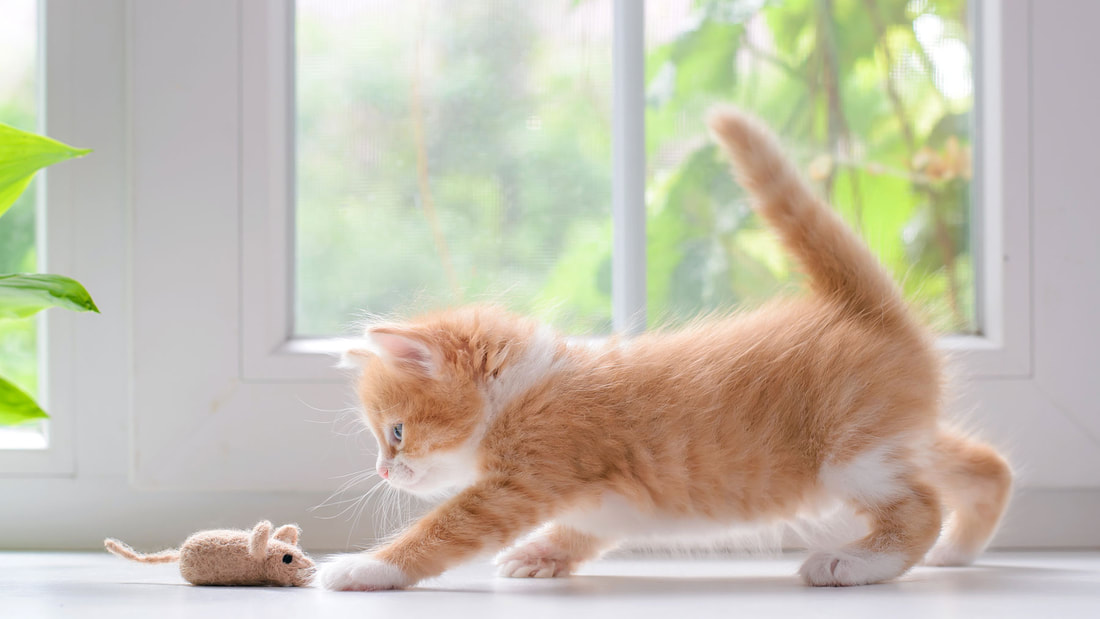
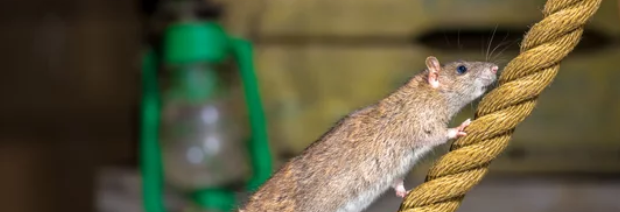
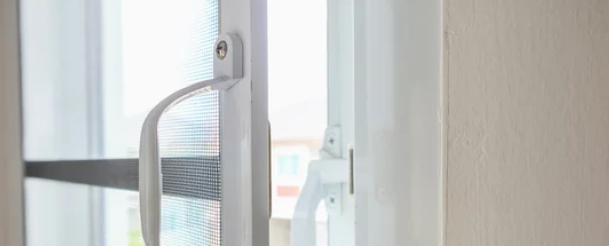
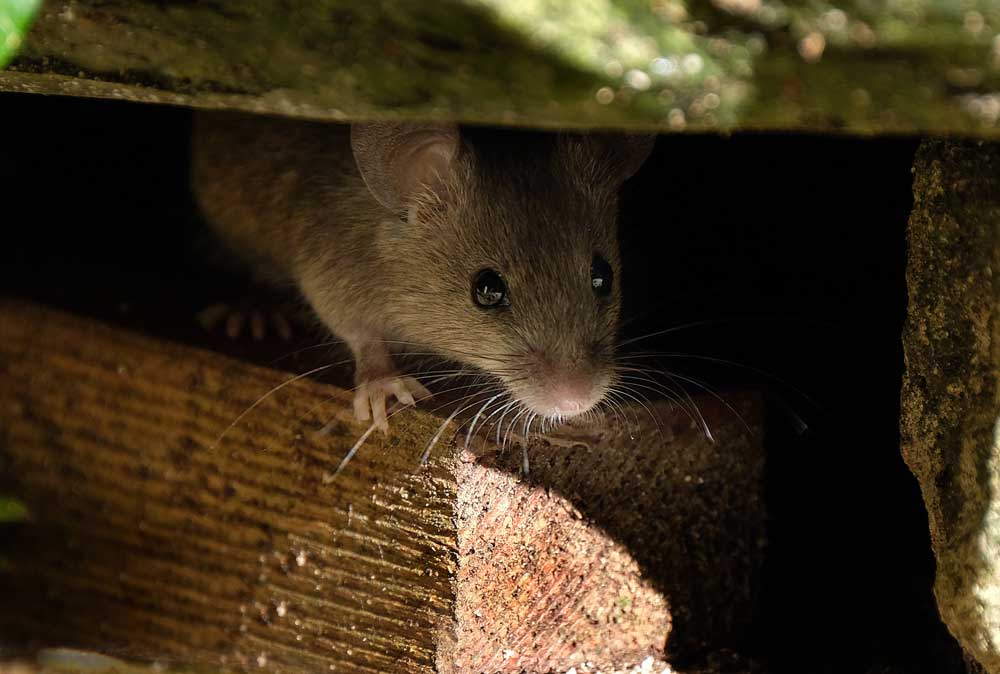
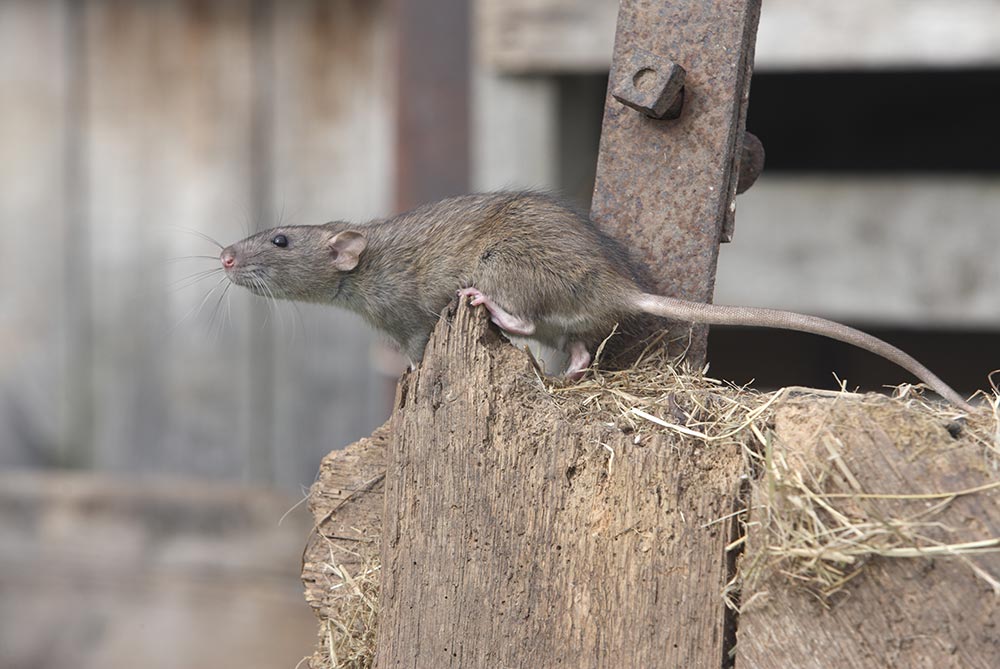
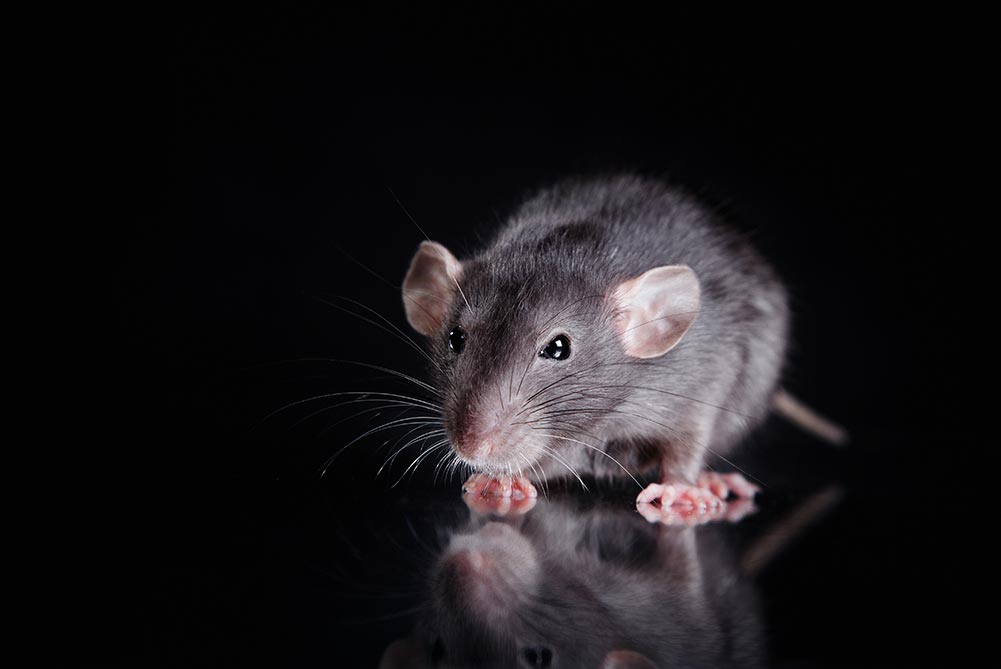


 RSS Feed
RSS Feed

